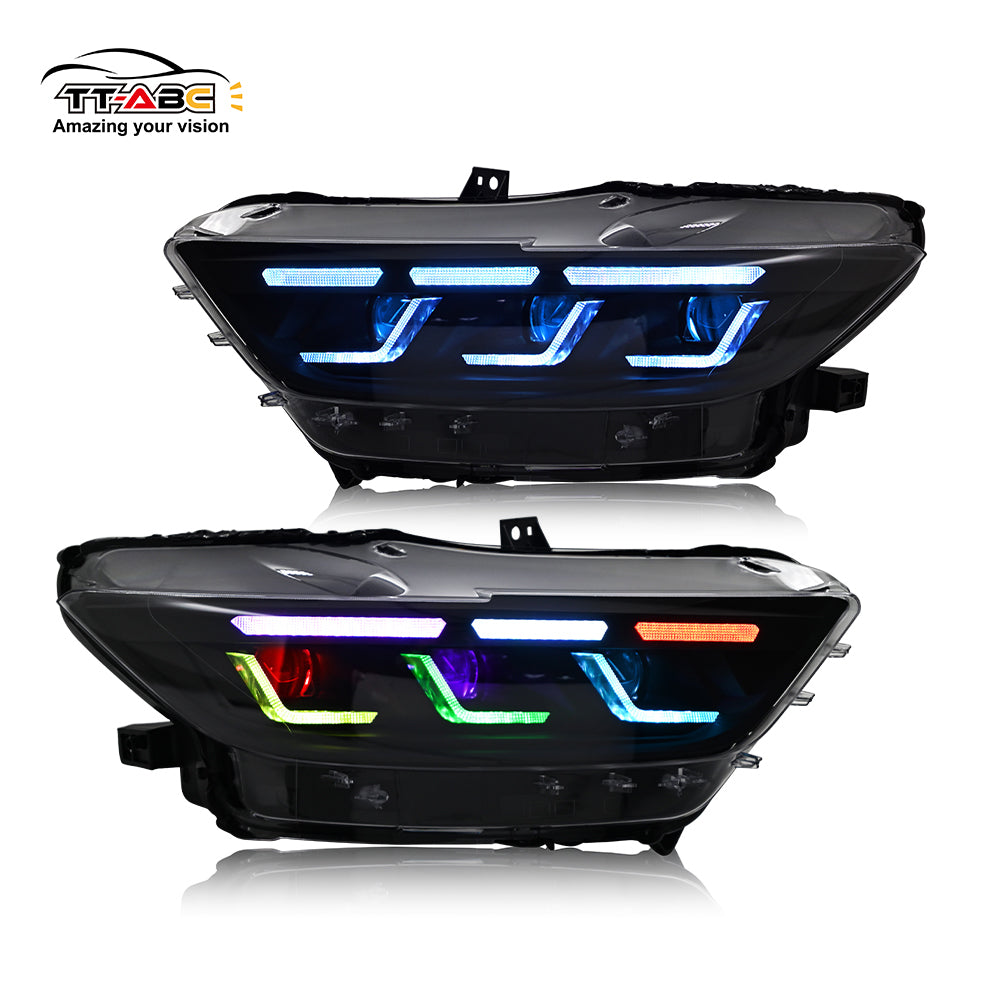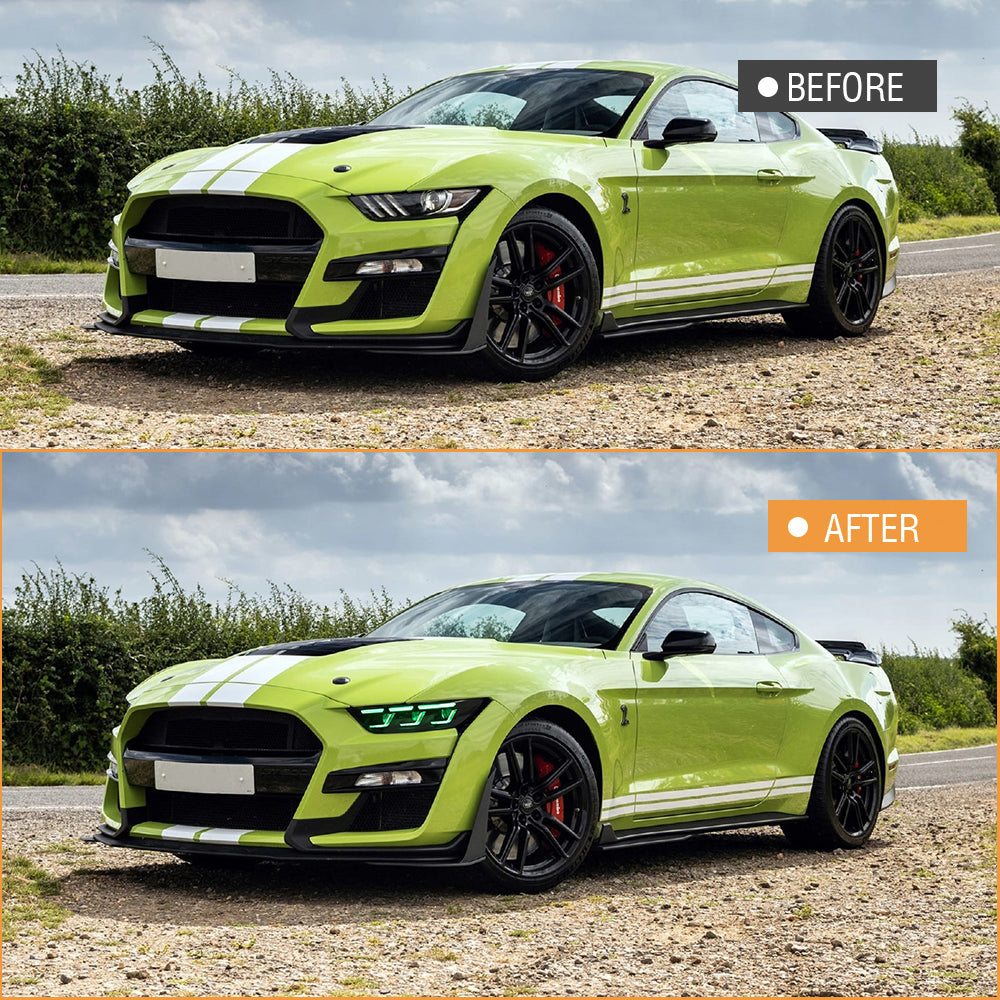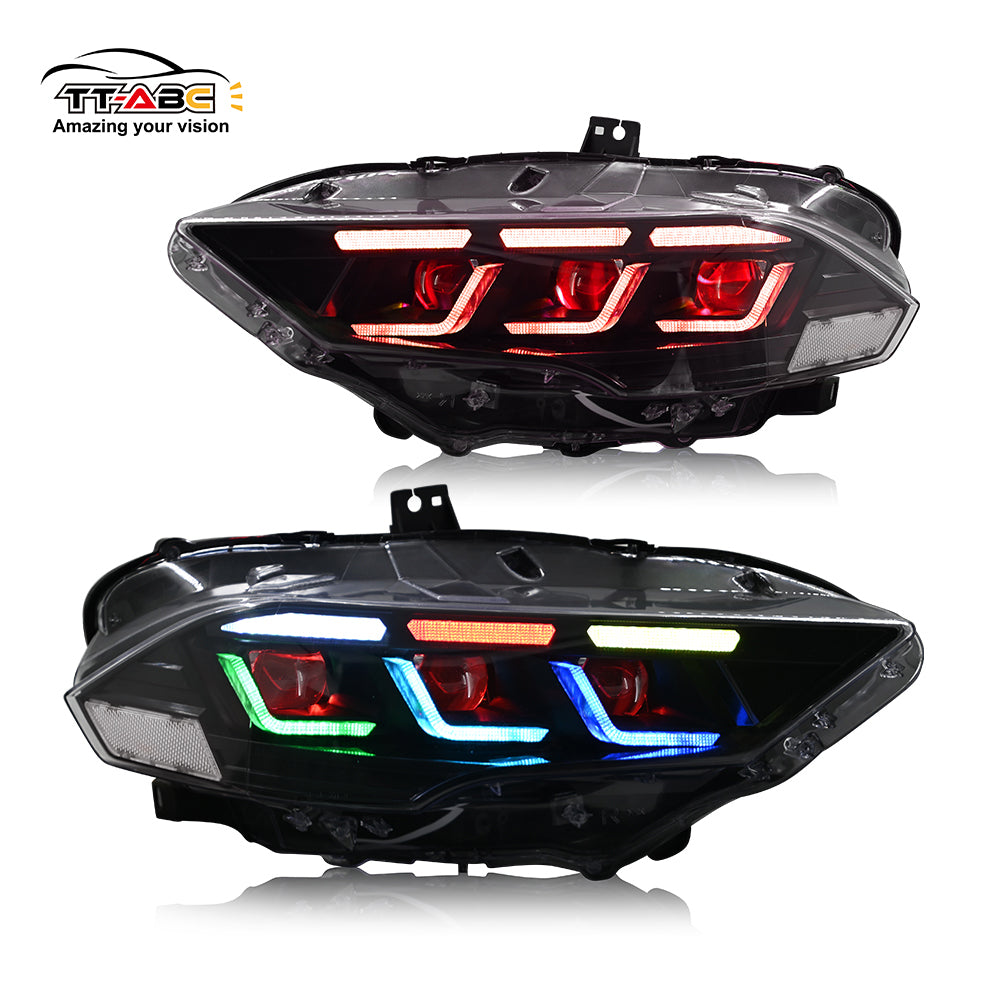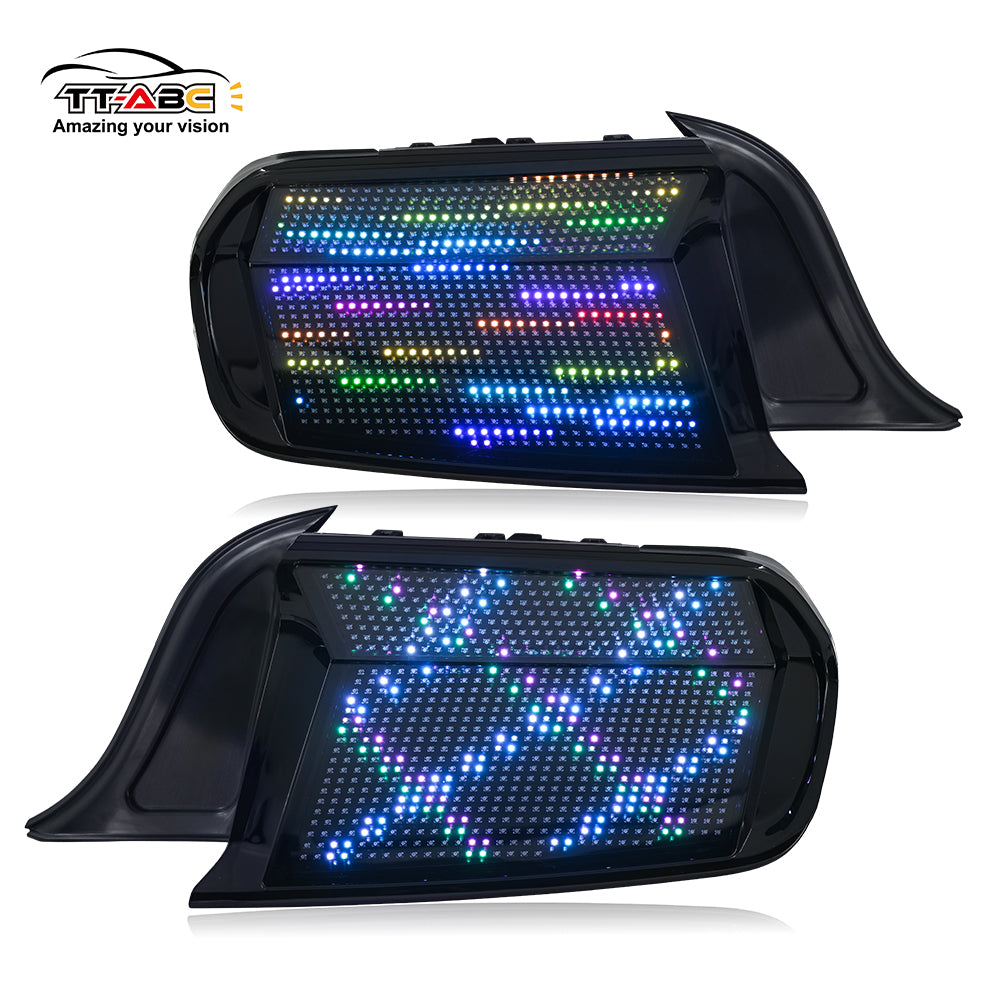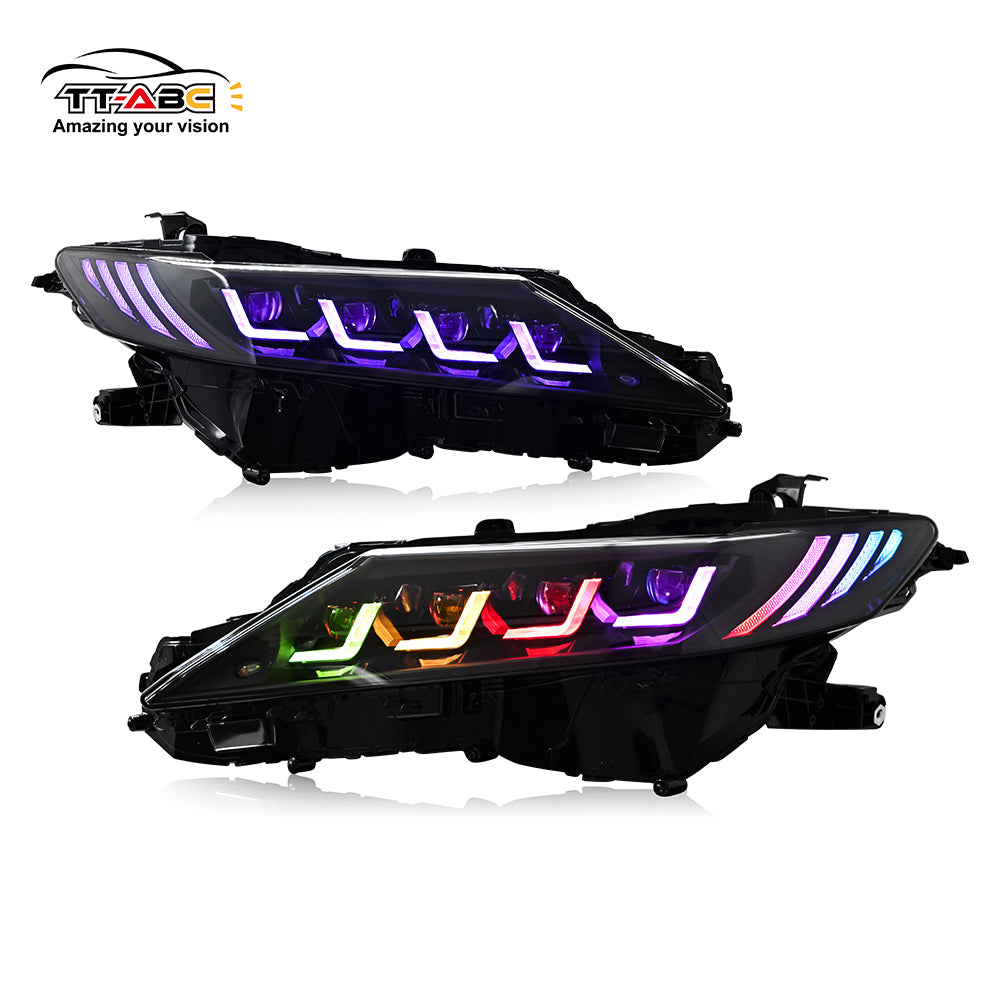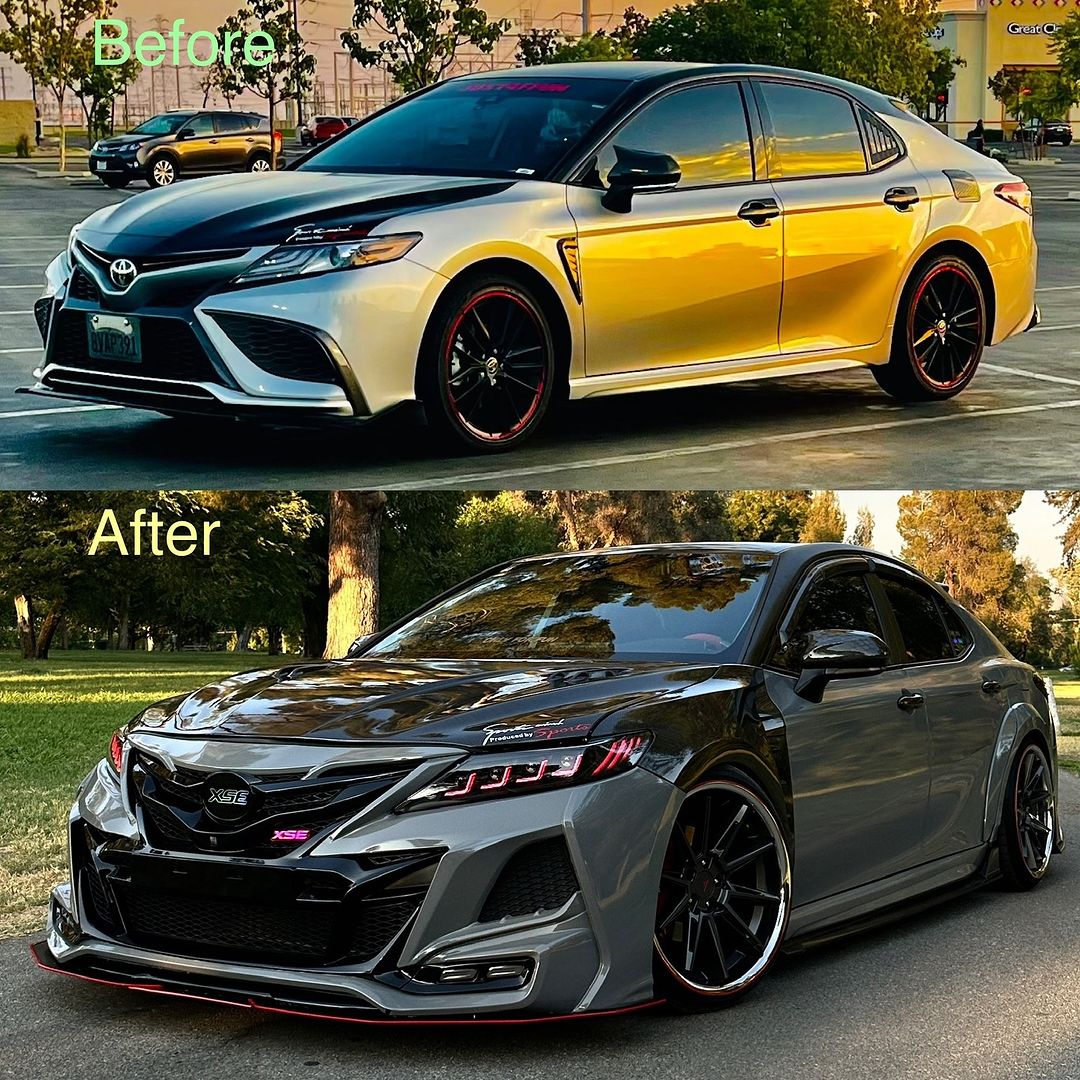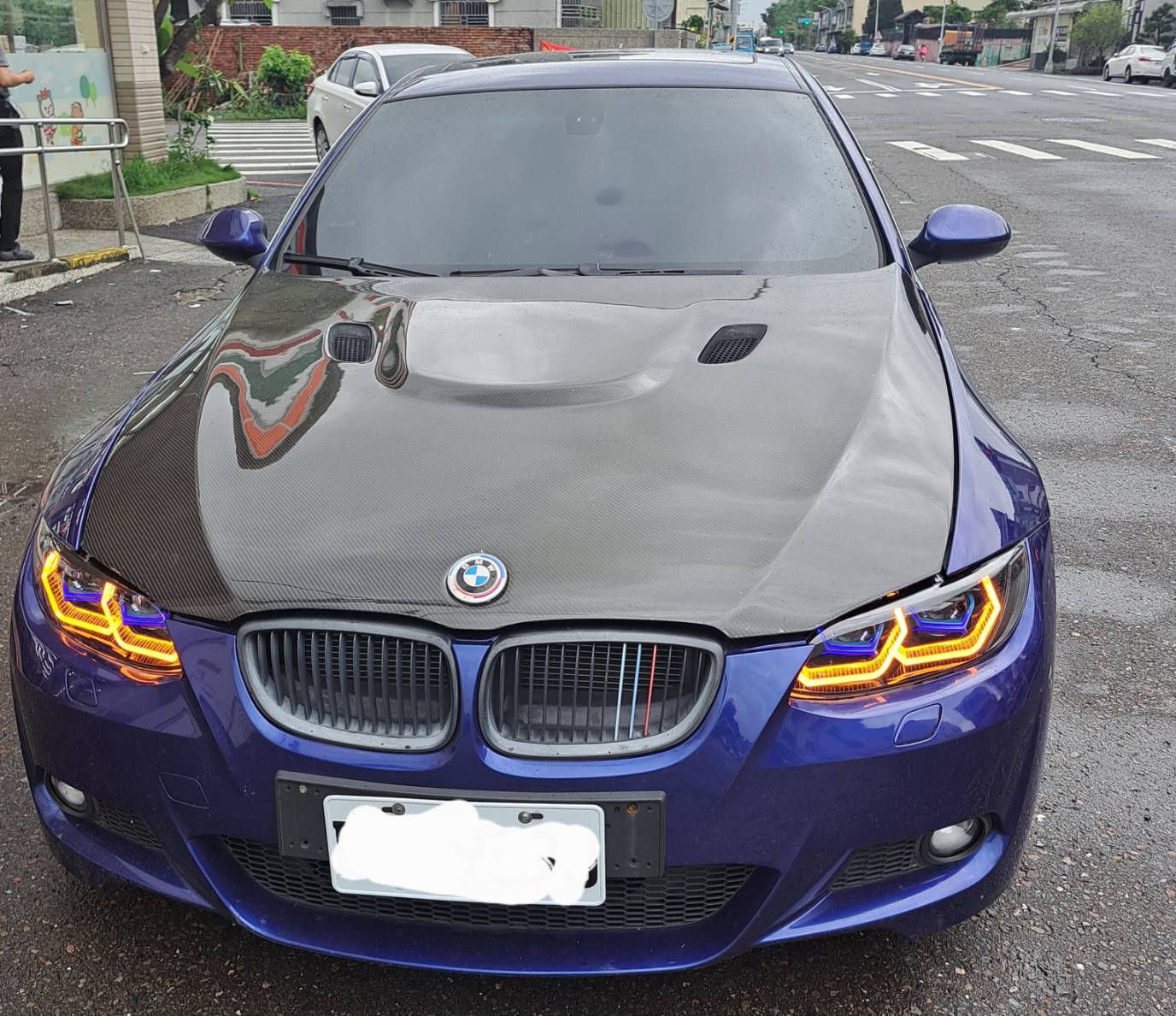The sophistication of headlighting extends beyond brighter, more efficient bulbs. Many new headlight systems use active adaptive technology that automatically adjusts the lighting pattern to changing driving conditions, giving drivers better visibility and more time to react. But how do they work?
What are adaptive headlights?
Adaptive headlights are lighting systems that actively respond to changing road conditions. The main goal is to improve the driver's vision and increase the time they can see what's ahead. The concept includes a variety of different features, one of the most common of which is curve-adaptive lighting. This system dynamically adjusts the angle of the bulb's illumination based on the direction the vehicle is traveling (and sometimes the speed of the vehicle).
The term adaptive headlights can refer to other types of adaptation, such as automatic high beam. The headlights automatically switch between low beam and high beam when approaching other vehicles. It is also used to indicate adaptive high beam. These headlights use a complex array of LEDs to minimize dazzle to other drivers.
What are curve-adaptive headlights?
The headlights of a car with curve adaptive headlights turn in the direction the vehicle is traveling. When the driver turns the steering wheel left or right, or when sensors detect a curve in the road, the headlights turn in that direction to better illuminate the path the vehicle is traveling. Some curve adaptive headlights also change the angle of the bulbs to project closer or farther depending on the vehicle's speed.
What are turn signals?
Turn signals are another term sometimes used to describe curve adaptive headlights. But more specifically, turn signals are auxiliary lights next to or near the main headlights. It's a simple system that has been around for a long time.
While many curve adaptive headlights physically rotate the bulbs to the direction the vehicle is traveling, turn signals are fixed. They automatically activate on the side that the steering wheel is turned or the turn signal is activated. Turn signals turn off when the driver turns the steering wheel back to center or the turn signal is deactivated. The purpose is to temporarily illuminate the area in the direction the vehicle is traveling.
What are automatic high beams?
Automatic high beams are a system that automatically turns the high beams on and off. It uses sensors to detect if there are other vehicles around and automatically switches between low and high beams depending on the situation, without the driver having to do anything manually. This can help improve safety and comfort when driving at night.
What is Adaptive Driving Beam (ADB)?
Adaptive Driving Beam (ADB) is even smarter and more advanced. It consists of multiple LED lights that can control brightness independently. When other vehicles are detected, the ADB system automatically dims the LED lights projected onto those vehicles while maintaining brightness in other areas. This maximizes illumination of the road without dazzling other drivers.
When the sensors detect other vehicles, the software responds by dimming the LED lights, but only the LED lights projected onto those vehicles. Meanwhile, the LED lights that are not projected onto other vehicles remain at full brightness. Each LED light is dynamically adjusted based on the location of other vehicles. This way, there is bright lighting around those vehicles, but less lighting on them. Think of ADB headlights as lighting up the front, but casting a "shadow" onto other vehicles to minimize glare to the driver.
Although adaptive high beams are smart and high-tech, the current Federal Motor Vehicle Safety Standard (FMVSS 108) in the United States requires that low beams and high beams must be fixed modes, so ADB headlights are not currently available in the US market. However, automakers have requested modifications to regulators, hoping to allow the use of this advanced adaptive headlight technology in the future.
How do adaptive headlights work?
Curve adaptive headlights use bulbs mounted on motors or servos that allow the bulbs to rotate. When the driver turns the steering wheel or sensors detect a bend in the road, the software or hardware adjusts the angle of the bulb accordingly. When the vehicle's direction returns to straight, the bulb also returns to straight. Some systems also change the angle of the bulb based on the speed of the vehicle, so that the light is projected closer or farther.
Automatic high beams use sensors (usually sensors that look for headlights or taillights) to detect other vehicles. When other vehicles are detected, the software turns off the high beams to prevent other drivers from being dazzled. Once these vehicles pass, the sensors turn the high beams back on. Vehicles equipped with automatic high beams have high beams on by default, but still allow manual control of low and high beams.
How adaptive high beams work is complex. They are made up of many small, bright LEDs. The brightness of each LED can be precisely adjusted by software. Like automatic high beams, sensors detect the lights of other vehicles. But instead of turning the entire beam on or off, each LED actively adjusts based on the location of other vehicles. As those vehicles approach or pass, each LED dims or brightens, creating a "shadow" around them. Adaptive high beams provide high brightness around other vehicles, but lower brightness directly on them, maximizing visibility without dazzling other drivers. Some systems are better than others at reducing glare for oncoming vehicles.
Are adaptive headlights worth it?
Adaptive headlights are trickling down from premium models to mainstream models, but sometimes only as an option. Still, opting for a system that helps avoid dangerous situations seems worth the money. Being able to see a few feet farther, or a little further around a corner, can make a big difference. Avoidable collisions may cost more than the adaptive headlight option.
Research from the IIHS shows that vehicles equipped with adaptive headlights have fewer insurance claims. However, it's unclear to what extent this reduction is due to adaptivity or brighter bulbs. In addition, when it comes to advanced car safety features, automatic emergency braking remains a more important investment.
There are some other cost considerations for adaptive headlights. If something goes wrong with the headlights, the repair will be more expensive than with conventional headlights. In addition, the sensors that control the headlights, which are usually mounted behind the front bumper or windshield, can be damaged. Even a minor parking collision or cracked windshield may require expensive replacement or recalibration.
How do I know if my headlights are adaptive?
Knowing if your car has adaptive headlights may be as simple as driving in the dark. If you notice that your headlights change their angle or brightness without you doing anything, your headlights are likely adaptive. Some manufacturers place scripts or icons inside the lens that represent their adaptive headlight system. When the headlights are off, look to see what's there. Adaptive headlights have become more common since the early 2010s, so if your car was built before then, its headlights may not be adaptive.
Which car manufacturers have adaptive headlights?
Automakers with adaptive headlight technology include the following:
Audi
- Models: Audi A8, Q7
BMW
- Models: BMW 7 Series
Mercedes-Benz
- Models: Mercedes-Benz S-Class
Lexus
- Models: Lexus LS
Volvo
- Models: Volvo XC90
Ford
- Models: Ford Edge
Toyota
- Models: Toyota Highlander
Tesla
- Models: Tesla Model S
BYD
- Models: BYD Tang
NIO
- Models: NIO ES8
Xpeng Motors
- Models: Xpeng P7
Li Auto
- Models: Li Auto ONE
Hongqi
- Models: Hongqi H9
Geely
- Representative model: Geely Borui GE
GAC Motor
- Representative model: GAC GA8










